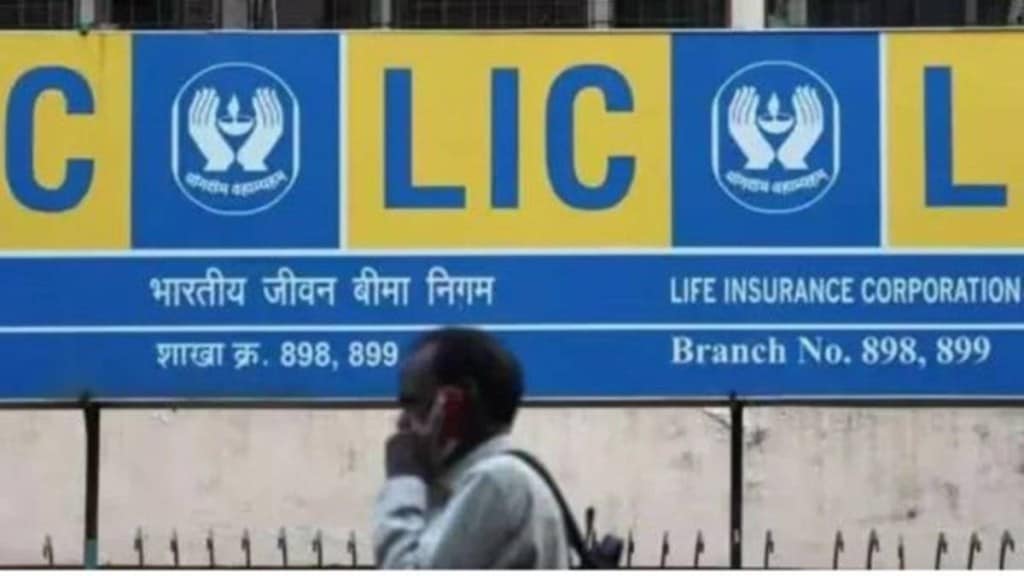Life Insurance Corporation of India (LIC) on Thursday reported a 5% year-on-year rise in its standalone net profit to ₹10,986.51 crore for the June quarter, even as the growth in first-year and single premiums remained muted. It had posted a 9% growth in the net profit in the year-ago period.
Gross premium income rose 5% YoY to ₹1,19,333 crore. First-year premium was largely flat at ₹7,525.26 crore, while renewal premiums rose 6% to ₹59,884.79 crore. Single premium collections increased 4% to ₹51,922.99 crore.
R Doraiswamy, CEO and MD, said the growth in operating profit from the life insurance business remained healthy, but weaker market conditions impacted capital gains. “The muted growth compared to last year can be attributed to that. We are continuously focused on enhancing profitability quarter on quarter,” he said.
Net premium income stood at ₹1,19,200 crore, up from ₹1,13,770 crore in the year-ago quarter. Within this, individual new business and renewal premiums grew 6.37% to ₹71,474 crore, while group business premiums rose 2.46% to ₹47,726 crore.
LIC continues to dominate the life insurance market with a 38.76% share in individual business and 76.54% in group business.
Strategic Shifts: VNB, Margin Expansion, and Product Mix
On an annualised premium equivalent (APE) basis, total premium stood at ₹12,652 crore in Q1FY26. Of this, ₹7,061 crore (55.81%) came from individual business and ₹5,590 crore (44.18%) from the group business. Within the individual segment, participating (par) products accounted for 69.66% (₹4,919 crore) while non-participating (non-par) products stood at 30.34% (₹2,142 crore).
The value of new business (VNB) rose 20.75% year-on-year to ₹1,944 crore, while the VNB margin expanded 150 bps to 15.4%. The increase was driven by a higher share of non-par products, a focus on margin-accretive offerings, and an increase in minimum ticket size. “The share of non-par products within the individual segment on an APE basis increased to 30.34% in Q1FY26 from 23.94% in the same quarter last year,” Doraiswamy noted.
Market Position, Policy Lapses, and Future Outlook
Non-par products do not share in the insurer’s profits and typically offer guaranteed returns, contributing to better margins.
On LIC’s proposed foray into health insurance, Doraiswamy said the company is still exploring options and is awaiting clarity from the upcoming Insurance Amendment Bill, which is expected to allow composite licences. “We are expanding our scope in evaluating target companies and have not finalised any entity yet,” he said.
Meanwhile, LIC’s total policies sold in the quarter fell 15% year-on-year to 3.04 million. Its 13-month persistency ratio, based on premium, declined to 75.63% from 78.23%. The persistency ratio reflects the percentage of policyholders who continue to pay premiums; a lower ratio indicates higher policy lapses.
The insurer attributed this to temporary lapses, some of which may later be renewed. However, the 61st-month persistency ratio improved to 63.85% from 61.62%, indicating better long-term retention.

